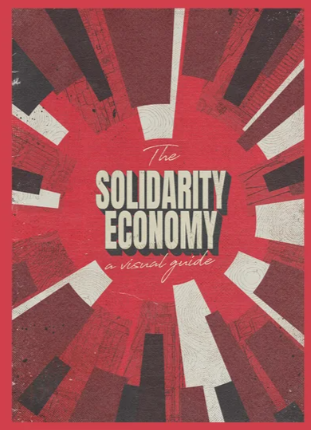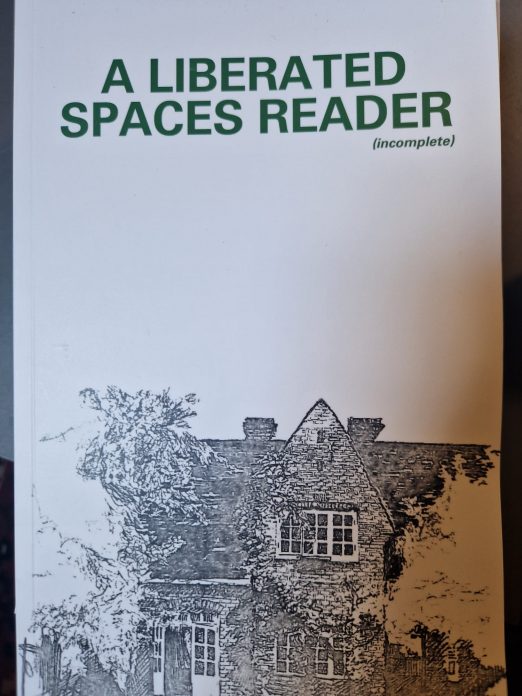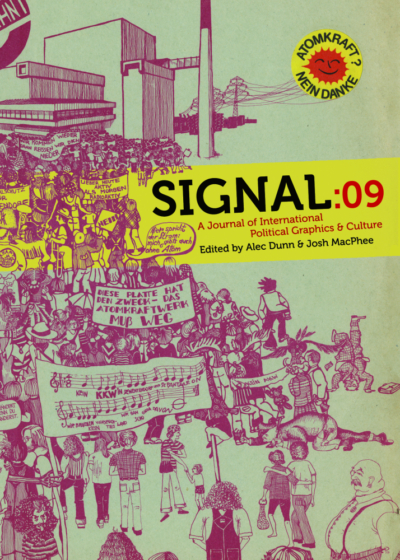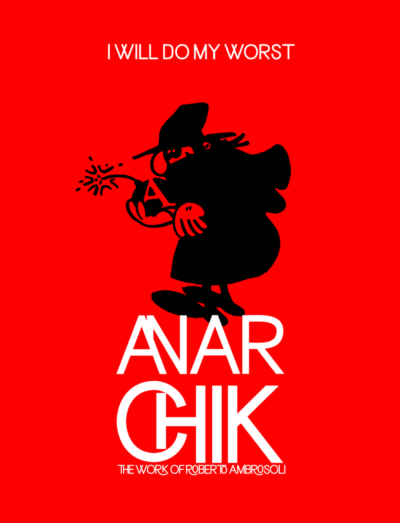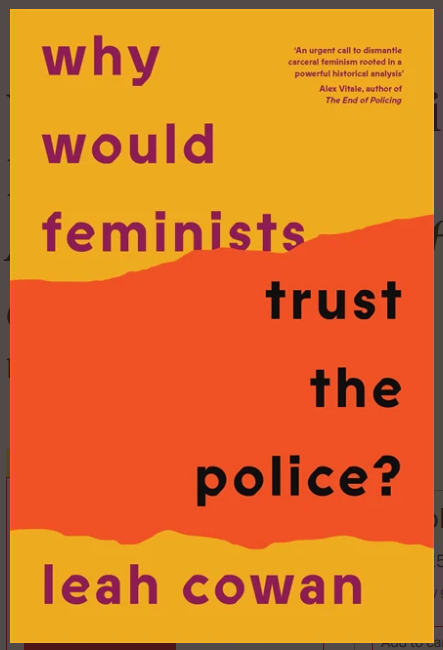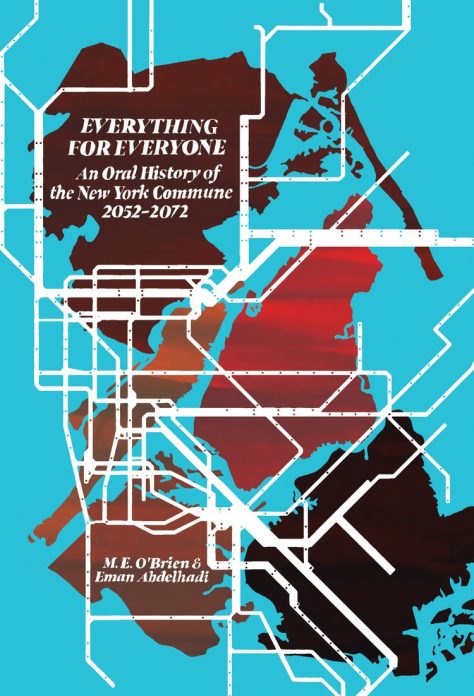The Occupation Cookbook
£3.45
The Occupation Cookbook or the Model of the Occupation of the Faculty of Humanities and Social Sciences in Zagreb
Description
The purpose of this manual is to describe the functioning of the Faculty of Humanities and Social Sciences (Filozofski fakultet) in Zagreb while it was under student occupation in the spring of 2009. The occupation of the faculty lasted for 35 days. The students’ demand was ‘free publicly financed education on all levels available to all’ i.e. legal abolition of all fees within the educational system. During those 35 days, around 20 faculties and universities in 8 Croatian cities were occupied at some point. The purpose of this manual is twofold. The first one, the less important one, is historical – a wish to record what happened. The other purpose, the main one, is to present our experiences in this way so that they might be of use to students at other universities (and perhaps members of other collectives, like factories etc.) who decide to undertake a similar action.
We believe that a description of our system of university occupation, which is somewhat unusual in certain regards, will be interesting to other student activists. First of all, the faculty was not occupied in such a manner that access into the building was physically forbidden to all but the occupying students, as is sometimes done. Therefore, it would be more appropriate to refer to this as ’student control over the faculty’ than an ‘occupation’. Only regular classes were blocked, everything else was allowed to function as usual (the administration, the library, the bookshop and other facilities within the faculty building were working normally while the professors could work in their offices as usual). Secondly, the faculty was open to everyone (students from other faculties, regular citizens, journalists etc.). Thirdly, plenums (plenary assemblies) at which all decisions were made concerning the functioning of the occupied faculty was also open not only to the students of the Faculty of Humanities and Social Sciences in Zagreb (FHSS) but to everybody. Anyone who came to the plenum had the right to participate in it and to vote.
It is necessary to point out that some of the issues are discussed more than once in the text, but we think this is appropriate as it is useful to explain certain details from more than one angle. The first chapter (’The Organization of the Student Control of the FHSS’) gives a general overview of all aspects of the occupation. The second chapter (’How to Organize a Plenum?’) functions as a sort of a less formal historical introduction and it anticipates some of the issues which will be later explained in more detail. After these chapters, a detailed description of the plenum, working groups and other aspects of the occupation is given. The last chapter focuses on the social context of the struggle for free education within which this student action took place.
Finally, a note on the authorship of this manual. Since all our actions are collective and anonymous in nature, this manual is anonymous as well. And it is a collective work indeed. All of the chapters were written by a different author or authors. The authors are mostly the people who have dealt with certain aspects of the action thoroughly and are quite familiar with the issues. However, the whole text was later edited, amended and corrected by all interested participants in a direct democratic manner.
Additional information
| Weight | 0.250000 kg |
|---|


